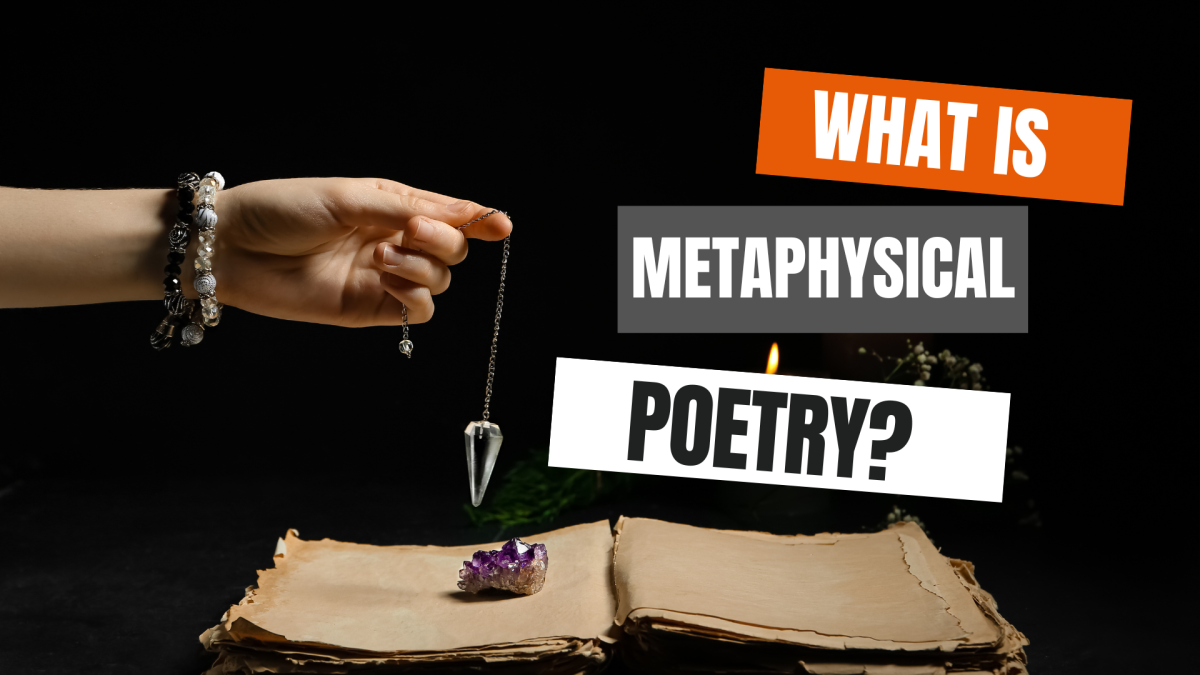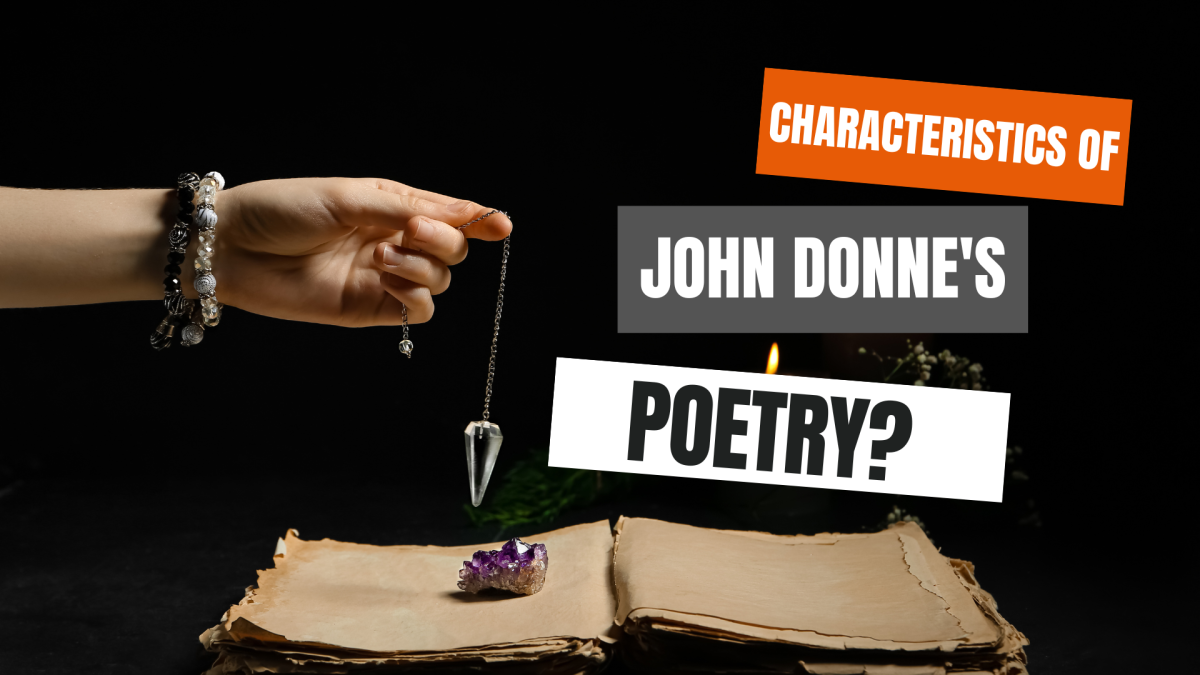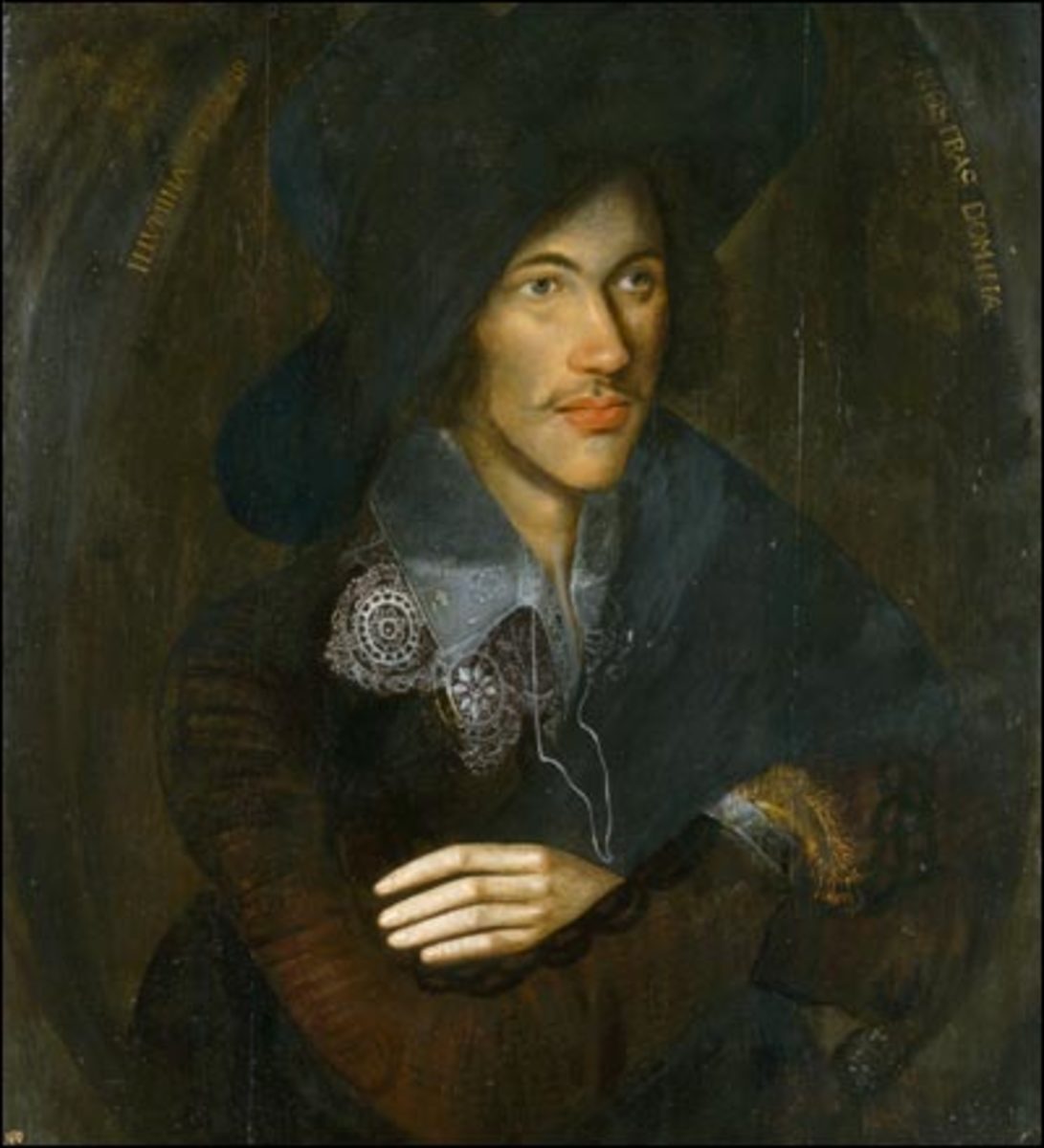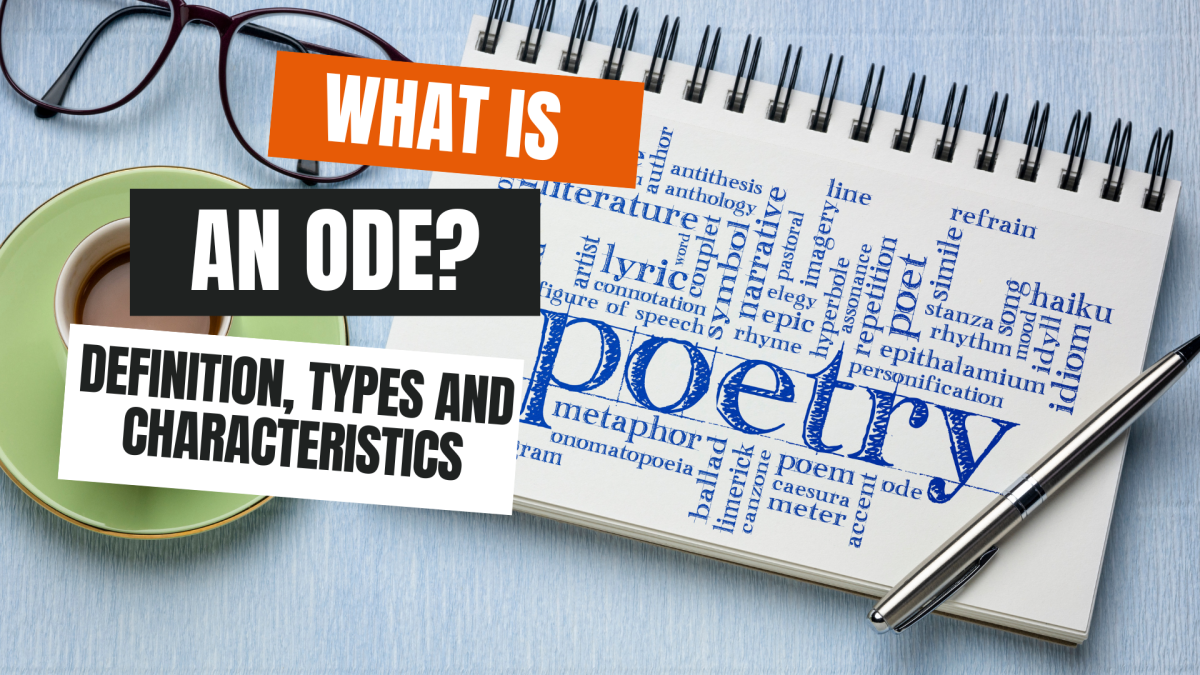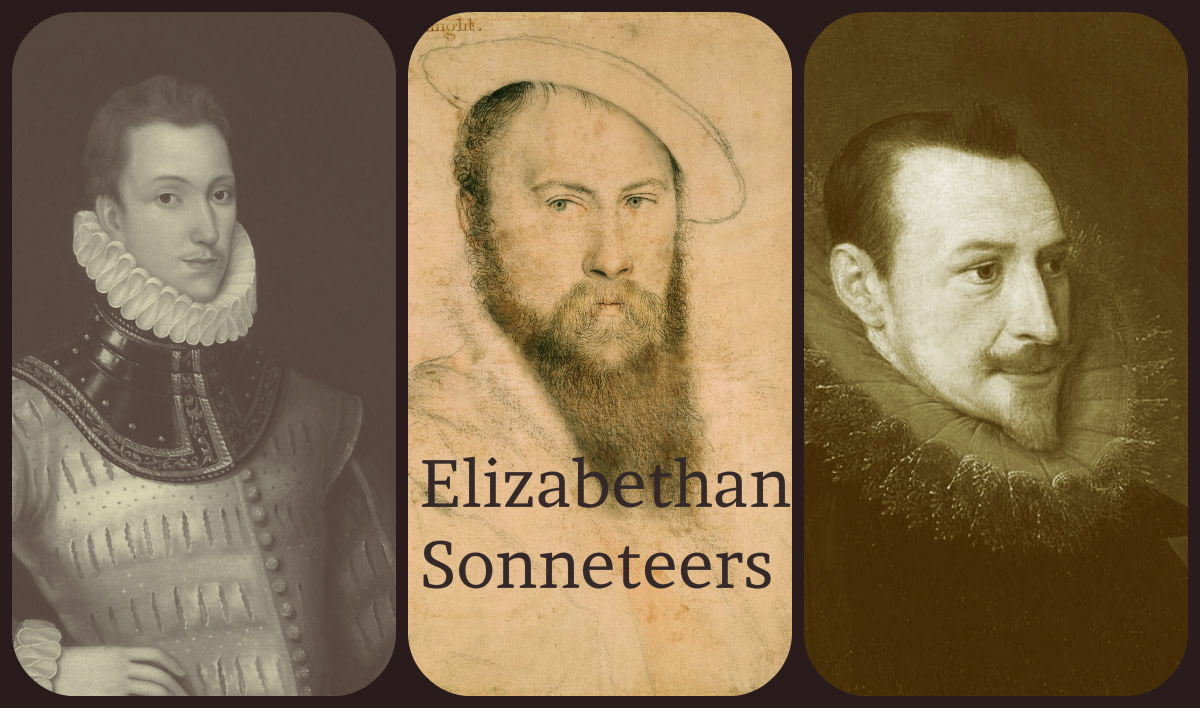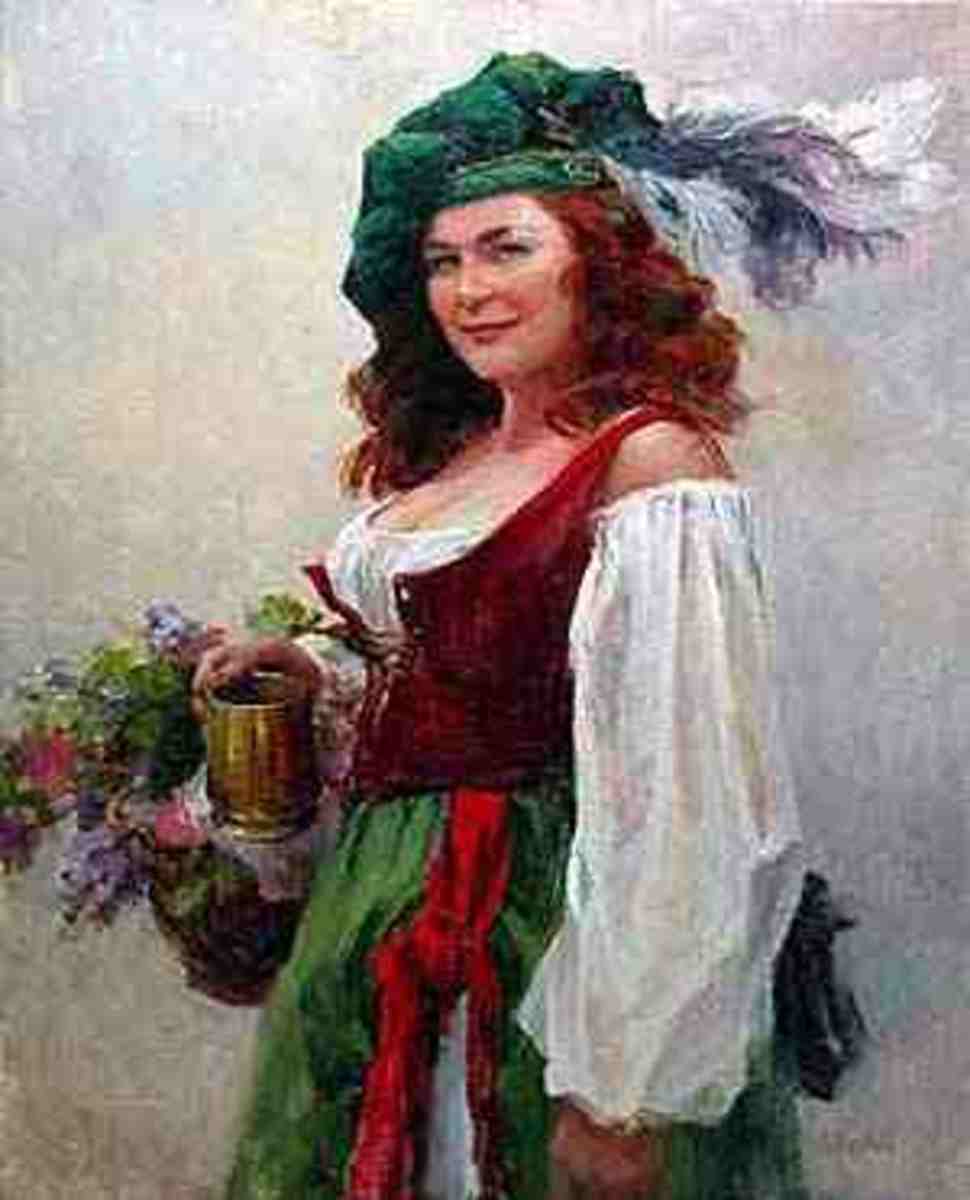John Donne - Man of Passion
In London's National Portrait Gallery is a painting, dated around 1595, of a dark young man with a long, clever face, full, sensual lips and burning eyes. The observer would immediately categorise him as a poet or artist - correctly, as it happens. What they perhaps would not recognise in the portrait is one of the greatest preachers of his day and the future Dean of St Paul's.
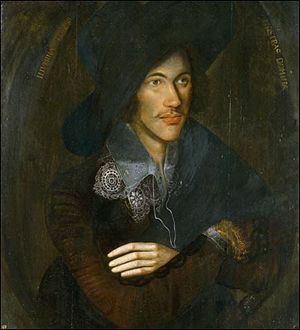
Early Adventures
John Donne (1572-1631) was a passionate man – passionate in love, in curiosity, in grief, and in his faith. He was born into a Roman Catholic family, a great nephew of Sir Thomas More. This meant that, although he studied at both Oxford and Cambridge, he didn’t graduate from either, as that would have involved taking the Oath of Supremacy (an oath of loyalty to the Sovereign as Head of the Church of England), which at that stage he was unwilling to do, although later in life he did convert to Protestantism. He subsequently trained as a lawyer, and then travelled quite extensively and saw some action against the Spanish, serving with the Earl of Essex and Sir Walter Raleigh.
This was a period of adventures of all kinds, and it was during this time that Donne wrote some of his raciest love poetry. It was distinctly earthy at times, but always laced with scholarship and humour. He often used imagery relating to the science of the times, very often keeping a metaphor going throughout the poem. These involved scientific metaphors, or ‘conceits’, were typical of the metaphysical poets, with whom he is associated.
Licence my roving hands, and let them goe
Behind, before, above, between, below.
Oh my America, my new found lande,
My kingdome, safeliest when with one man man’d…
Settling Down
At the age of 25 Donne decided to settle down, and he accepted an appointment as Chief Secretary to Sir Thomas Egerton, Lord Keeper of the Great Seal, probably hoping to further a diplomatic or political career. Things were going well until he fell in love with Anne More, the teenage niece of his employer, whom he married. This didn’t go down well with either his employer or the father of the lady in question. John Donne lost his job, and spent a short time in prison, until his marriage was proved valid. His usual wry humour was apparent as he broke the news to Anne: “John Donne – Anne Donne – Undone.” On his release, he had to live with his growing family in semi-retirement in Surrey, partially supported by a relative of his wife, although he made some money as a satirical pamphleteer and practising as a lawyer. He became an MP at one stage, but unfortunately this was not a paid position in those days. During this period, his disaffection with the Catholic Church gradually became evident, and he was eventually received into the Church of England, taking Holy Orders in 1615.
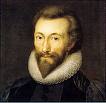
True Love
The match between John Donne and Anne More was a love match. Some of his most ardent love poems were written, presumably to her, during the marriage. On one occasion, when he was going away on a journey, he likened them, as a couple, to a pair of compasses. Anne was the fixed arm, while he travelled around, so that they were never truly divided. What is more, the number of confinements the poor woman had to suffer bore witness to their more tactile lovemaking! There was little or no contraception at this time, and between their secret wedding in 1601 and Anne’s death in childbirth in 1617, 11 children were born, though not all of these survived.
He was devastated by her death. However, by this time his worldly situation was much more secure. He had already received some favour from King James I and VI, and it was at the King’s instigation that he had finally been ordained. He became a Royal Chaplain in 1615, a Reader of Divinity at Lincoln’s Inn in 1616, and received a Doctor of Divinity from Cambridge in 1618. In 1621, he became Dean of St Paul, a most prestigious post. Another accolade came in 1624, when he became a Royal Chaplain to Charles I, the son of his original royal patron. But a change is noticeable in his poetry from this time on – though not so much in the language and substance as in the person to whom it is addressed! Perhaps the main clue comes in the first four lines of one of his Holy Sonnets:
Since she whome I lovd hath payd her last debt
To Nature, and to hers, and my good is dead,
And her soule early into heaven ravished,
Wholy in heavenly things my mind is sett.
Divine Love?
From this time on, then, Donne’s poems are still passionate, and at times almost physical in their passion. His ardour for Anne is changed to ardour for God, which at times produces striking, but to the modern mind almost unpleasant, effects in his poems:
Yet dearely I love you, and would be lov’d faine’
But am betroth’d unto your enemie,
Divorce mee, ‘untie, or break that knot againe,
Take mee to you, imprison mee, for I
Except you entrall mee, never shall be free,
Nor ever chast, except you ravish mee.
The End
Before his death in March 1631, John Donne had made a considerable reputation as a preacher, delivering his last sermon at the Palace of Westminster in front of Charles I a month before he died. He is remarkable in the way in which he threw himself wholeheartedly into everything he touched – love, politics, satire, poetry, religion. A true Renaissance man! Perhaps we should give him the last word, taken from his poem Hymn to God my God in my sicknesse, in which he pictures himself as a map and his physicians as cosmographers. According to some sources, this was written 8 days before he died:
I joy, that in these straits, I see my West;
For, though theire currants yeeld return to none,
What shall my West hurt me? As West and East
In all flat Maps (and I am one) are one,
So death doth touch the Resurrection.

